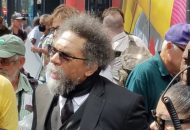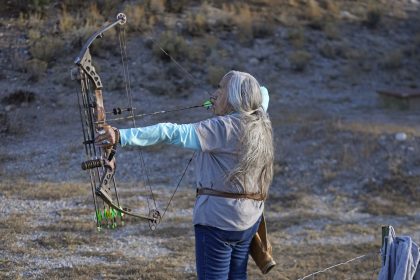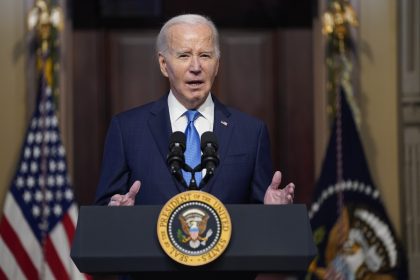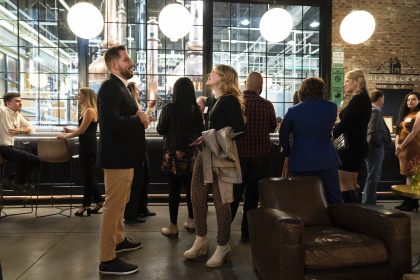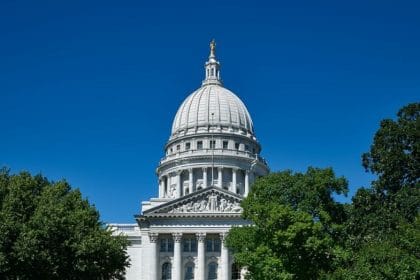Phase 1B: Interest Groups Appeal to States for Access to Coronavirus Vaccine

Interest groups are pleading their cases to state officials in a bid to expedite their constituents’ access to the novel coronavirus vaccine.
Individuals over the age of 70, frontline health care workers, nursing home residents and staff are the first groups of people to receive the COVID-19 vaccine according to the Centers for Disease Control and Prevention recommendations. Essential workers — individuals who work in the education sector, law enforcement, public utilities, food and agriculture sectors, and transportation — are next in line for the vaccine.
Adults over the age of 65 and with high-risk medical conditions follow the essential workers in the prioritization of the CDC’s vaccine rollout guidelines. However, lobbyists representing older adults, teachers, restaurant workers, agricultural workers and others are making their own cases in appeals to governors and state health advisers to receive the vaccine alongside essential workers.
AARP and other advocates for older Americans have already succeeded in convincing officials in Alaska, Florida and Texas to move all residents over 65 to the “Phase 1B” slot alongside essential workers as the states are not legally bound to CDC’s recommendations. As the rollout continues, lobby groups are escalating the fight to have their constituencies added to the CDC’s 1B category.
Secretary of Health and Human Services Alex Azar said states should add all individuals over the age of 65 in the next round of vaccinations in a press briefing on Monday, Jan 12. Consequently, petitioners in the state of California sought to include a myriad of other working groups to vaccine rollouts in the near-future, according to the Associated Press.
The groups who appealed to California’s COVID-19 vaccine panel included court staff, public defenders and their clients, cemetery workers, public transit workers, dentists and podiatrists, NASA employees, dock workers, Amazon employees, solid waste workers, cleaning services, retailers, pharmacists and power grid workers.
The California panel approved the following groups to receive the first batch of vaccines slated for early this year: food and agriculture workers, emergency services providers, and child care providers and educators.
In their selections for which broadly defined group of laborers were prioritized, the panel weighed the “societal impact” of each group. This impact includes the scale of their occupations’ influence on the economy, the risk of the workers’ exposure to COVID-19, their risk of death and their risk of spreading the virus throughout the community.
The United Farm Workers, a group representing the interests of California’s roughly 500,000 agricultural workers, successfully appealed to state officials to add their constituents to the 1B category. In the state of Washington, officials announced last week they will prioritize people age 50 and older who live in multigenerational households alongside residents age 70 and up.
Ahead of HHS’s revised guidance on the rollout, Florida Gov. Ron DeSantis announced his state would prioritize its nearly 5 million residents over the age of 65 for the vaccine. Indiana Gov. Eric Holcomb announced on Jan. 6 his state would allocate its vaccine distribution based on age groups following rollouts to paramedics and medical workers — with individuals over 80 being vaccinated first, followed by those over the age 70 and then over the age of 60.
Older Americans are dying at disproportionate rates from COVID-19, according to the CDC. Roughly 79% of recorded coronavirus deaths were individuals over the age of 65, and about one-third of those deaths were among individuals over the age of 85.
As more Americans begin receiving their doses of the COVID-19 vaccine, one’s eligibility for the rollout continues to evolve based on how their state prioritizes them.

















